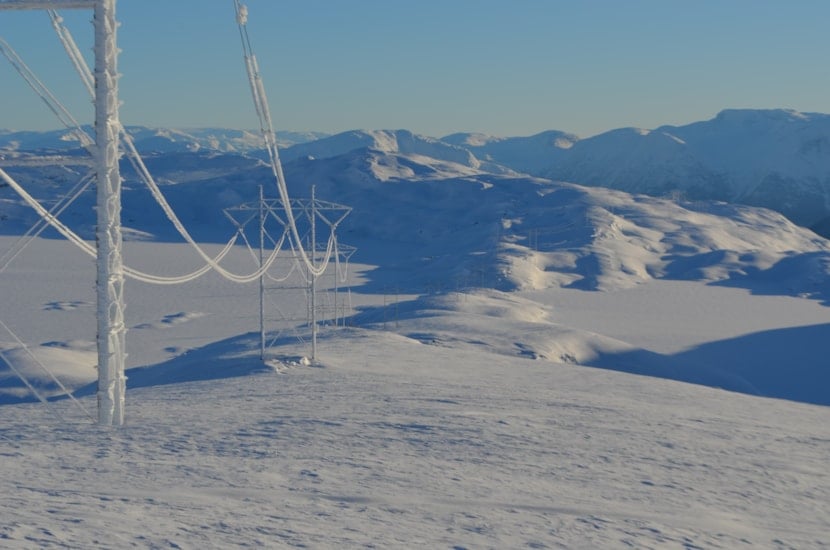Our greenhouse gas emissions
We will:
- Set science-based targets for emission reduction in line with emission pathways for our future activities
- Reduce the use of SF6
What are our sources og greenhouse gas emissions?
The leakage of SF6 gas is Statnett's largest source of emissions in the category for direct emissions (Scope 1). SF6 is a greenhouse gas that is 23,500 times more potent than CO2.
Scope 2 includes indirect emissions relating to grid losses and purchased electricity.
I kategorien indirekte utslipp for innkjøpt elektrisitet (Sscope 2) utgjør nettap om lag 99% av utslippene. Because materials and energy are required to produce electricity, and some of the electricity in the Norwegian grid originates from fossil sources in Europe, losses in the grid are indirectly a source of greenhouse gas emissions.
Our largest source of indirect GHG emissions (Scope 3) is the purchase of materials for power lines, pylons and materials, and equipment for substations.
How do we work to reduce emissions?
Statnett has sent a letter of committment to the Science Based Targets initiative, notifying about our intention to set science-based climate targets. To cut emissions, we must, among other things:
- Reduce both leaks and the use of SF6, and have a goal that Statnett's facilities will be completely SF6-free by 2050. Statnett will use alternative technology with a greatly reduced climate impact in the upcoming transformer stations at Liåsen, Ulven, Hyggevatn and Skaidi
- Optimize and upgrade the power grid to reduce grid loss and the need for greenfield construction
- Set requirements for EPDs (Environmental Product Declaration) for the products with the largest emissions. In 2023, we have also adopted CO2 pricing for construction contracts, where we reward providers with low greenhouse gas emissions
- Increase the proportion of electric cars, increase the use of drones as a replacement for helicopter use and optimize the operation of the Statnett ship Elektron.

